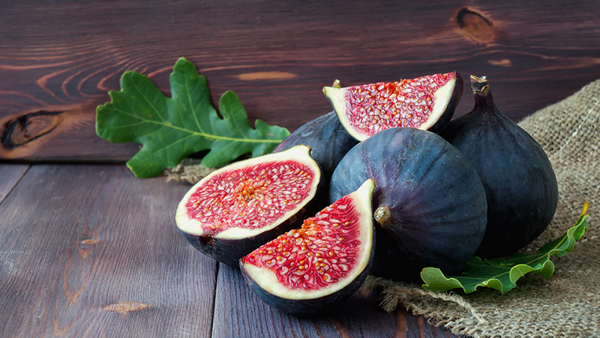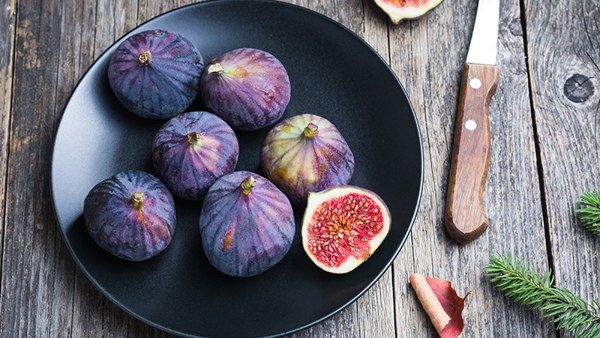Yates Account
Join now
Create a Yates account today!
Sign up to join the Yates Garden Club for monthly e-mails packed with seasonal inspiration, tips for success & exclusive promotions.
Plus if you’re a Garden Club member you can take part in the Yates Growing Community - a blog to share successes, get advice & win prizes in fun challenges along the way!

Forgot password
Enter the email address associated with your account, and we'll email you a new password.

How to grow Figs in a garden
- Plant in mid-winter as deciduous trees or propagate from hard wood cuttings.
- Choose a sunny spot with well drained soil. Enrich the soil with Yates Dynamic Lifter Organic Plant Food. If the soil is clay based, add gypsum and fork in well.
- Dig the planting hole twice as wide and to the same depth as the root-ball. Remove the plant from the container, gently tease the roots and cut away any circled or tangled roots.
- Position in hole and backfill, gently firming down. Form a raised ring around the plant, creating a well so that water will go where it’s needed most. Water in well.
- Mulch around the base with organic mulch like woodchip or pea straw, keeping it away from the trunk.
- Water deeply, once or twice a week, depending on weather conditions.
- During the growing and flowering/fruiting season, feed with Yates Thrive Citrus & Fruit Granular Plant Food.


How to grow Figs in a pot
Figs can be grown in large pots, at least 600mm wide and deep, to allow the roots to spread.
- Position pot in full sun and fill with quality potting mix, such as Yates Premium Potting Mix.
- Remove the plant from the container, gently tease the roots and cut away any circled or tangled roots.
- Position in hole and backfill, gently firming down. Water in well.
- Water deeply, once or twice a week, depending on weather conditions.
- During the growing and flowering/fruiting season, apply Yates Thrive Citrus Liquid Plant Food. Throughout the year apply Yates Thrive Natural Fish & Seaweed+ Plant Food Concentrate.
Growing tips
-
Figs can be propagated very easily. In late autumn take hardwood cuttings, between 20-30cm long with several nodes. Plant the cutting in a free draining propagation mix such as Yates Black Magic Seed Raising Mix, make sure you cover a couple of the nodes. Water in well and keep the soil moist.
- If you live in areas prone to heavy frosts, protect young trees with fleece or hessian.
- Some varieties of figs crop twice – a light crop (known as breba) in on last year’s wood and a heavier crop, which forms at the base of the current season’s growth.
- Figs will respond to a light prune in winter, but make sure you keep some of the old wood. However, ensure dead and diseased wood is removed to prevent spread of fungal or bacterial issues.
- Well-established, mature trees may need to be pruned a bit harder to promote new growth.
- Only pick figs when you need them as they won’t continue to ripen once picked. As Figs bruise easily, it’s important to handle them with care. To pick the fruit, twist the stalk carefully so you don’t damage the fig.
- Problems to look out for include Fig Leaf Beetle - they create scalloped edges on leaves and damage fruit skin. The solution is to prune leaves with larvae or beetle clusters and destroy.
- Varieties include:
‘Black Genoa’ has dark skin and red flesh.
‘White Genoa’ has pale-green skin and creamy flesh.
‘Brown Turkey’ is a prolific cropper with dark-skinned fruit.
‘White Adriatic’ has green-brown skin with yellow flesh and is a smaller fig, but excellent for making jam.














Share
Share this article on social media